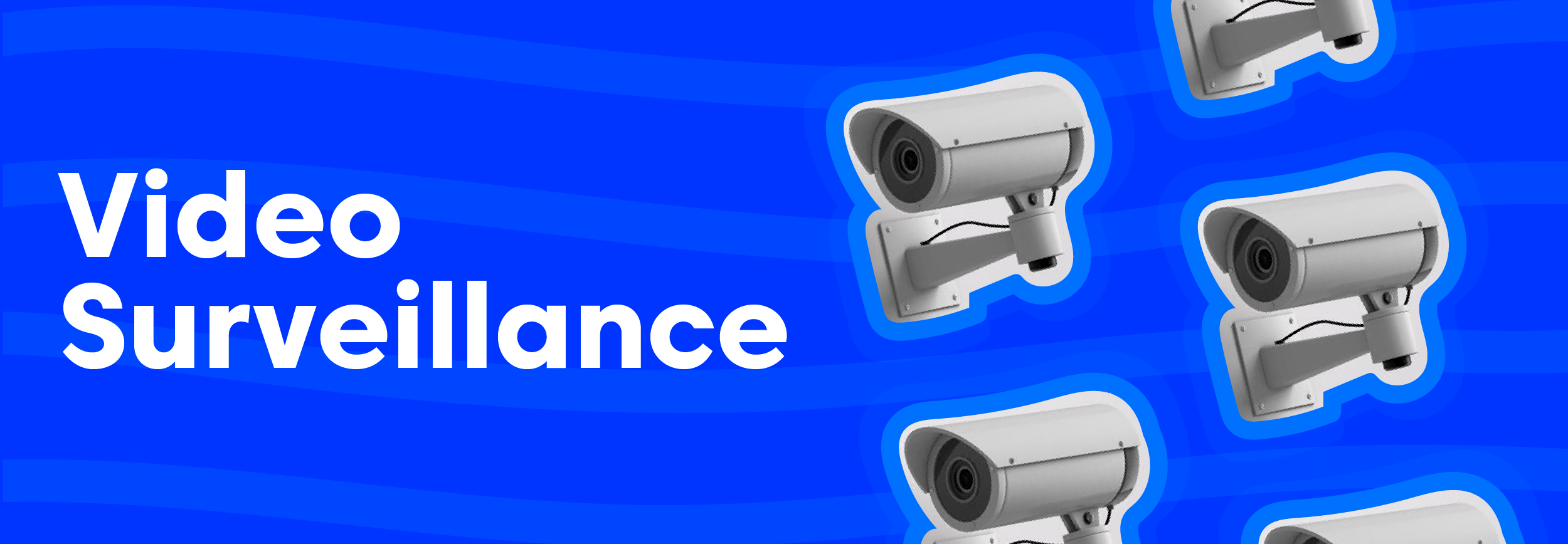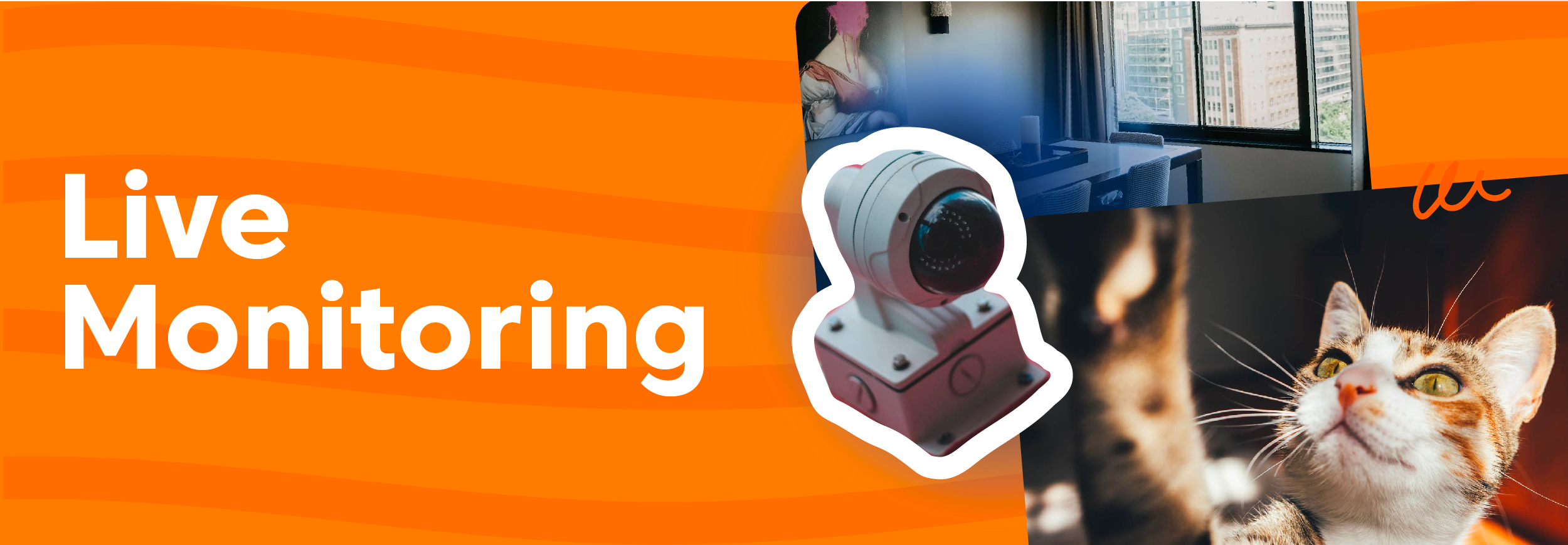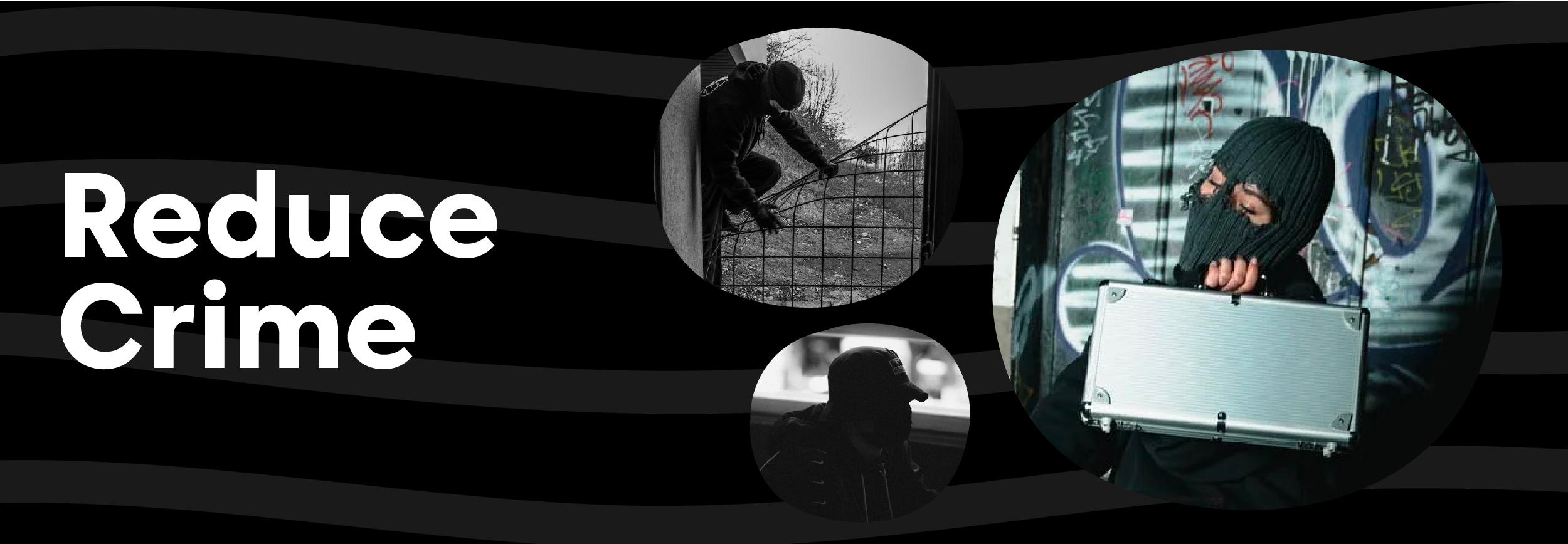In recent years, video has become an increasingly important part of our lives. A decade before, it was only a way of entertainment like film or television shows. Now, we use it for work and communication. We also use video to capture memories of special events, like weddings and birthdays. Besides, nowadays, it also helps us to improve the security of our homes and businesses.
In the security sector, video surveillance systems play a vital role. They help us to monitor our properties, and they can also be used to deter and detect crime. Installing a video surveillance system can be a great way to improve the security of your home, business, or institution.
In this blog, we will discuss everything you need to know about video surveillance systems, including what video surveillance is, how they work, how to choose suitable video surveillance cameras, and more.
What Does Video Surveillance Mean?
The video surveillance system is very popular and well known in digital security. This remote monitoring technology uses video cameras to send images and footage to a central location via the internet. It can be used for many purposes, such as investigating a crime, monitoring employee productivity, or deterring criminal activity.
The term Surveillance means the act of observing and monitoring someone or something. So, a remote video surveillance system is simply a way to observe and monitor an area using video cameras.

With the rapid rise of industrialization, people have expanded their business from single to multiple stores, offices, and now to global enterprises. So, the business owner or manager can’t be physically present in all of their business to monitor their employees and properties.
In this circumstance, a remote video monitoring system is the best solution. Using this system, a business owner can be virtually present in all his business locations and monitor everything from a central location. Thus, it helps them to improve their business efficiency and safety.
Where is Video Surveillance Used?
The video surveillance system is taking the place of a security guard in many applications, especially where it isn’t easy to have a human presence, like construction sites, warehouses, storage units, etc.
Similarly, it’s popular in those places where there is a need for 24/7 monitoring, like banks, jewelry stores, casinos, and government buildings.
Besides, an individual who owns multiple businesses in different locations uses this system to monitor all of their business’s live feed from a single place. It helps them to reduce the cost of hiring security guards. Also, it increases the safety of their business.
Why is Video Surveillance Important?
The system of live remote monitoring has many benefits. It helps to improve the security of your business, home, or institution in many ways. The main benefits are explained below-
Live Monitoring of Your Stuff:
The video surveillance system can detect the movement of your stuff live from a remote location. So, you can keep an eye on your business or home even when you are away.
This system can monitor your inventory and employees if you have a shop. You can also use it to monitor your kids and pets while away from home.

One IP camera could be the alternative to several security guards in this monitoring system. So, it helps you to save the cost of hiring security guards.
Reduce the Risk of Crime:
Digital wi-fi cameras act as a great deterrent to criminals. The criminals are less likely to enter a property with a video surveillance system installed.

If a crime does occur, the footage from the video surveillance cameras can be used to identify and catch the criminals. Moreover, live footage can also provide real-time information to the police.
Remote Viewing of Your Property:
You can use this system to have a live view of your property. Instead of physical checking, you can remotely monitor your business or home.
For example, you can use this system to monitor live sales if you have a shop. You can also use it to monitor customer behavior and prevent theft.
If you own a construction site, you can use this system to monitor work progress. You can also use it to ensure your employees are working safely.
How does Video Surveillance Work?
Security cameras are connected to a video surveillance system’s digital video recorder (DVR). These digital cameras capture images and video footage stored on the DVR’s hard drive. Generally, IP cameras are used in the video surveillance system, which is connected to the internet and can be accessed from anywhere in the world.
The video camera system and the DVR are usually placed in a safe, out-of-the-way location. The footage can be viewed in real-time or later when it’s needed. Many monitoring companies own security experts to set up your IP Camera system and ensure 24/7 monitoring services. When setting up your remote video monitoring system, take help from a monitoring company to design an effective security system for your business.
Live streaming software like Castr provides an easy way to set up and manage a live video surveillance system. It offers many features that make it an ideal tool for business owners and security professionals.
Some of the features that make Castr stand out are:
Cloud Recording:
Castr stores all of your video footage in digital format in the cloud, which plays the role of a recording device. So, you don’t have to worry about losing footage due to a technical malfunction. There is no risk of data loss, and you can access your footage anywhere when you are on the internet.
Multi-CDN Strategy:
CDN or content delivery network is a system of servers that delivers web content to a user based on geographical location. Since Castr uses a Multi-CDN solution when you are using it, your video is delivered through multiple CDNs, so there is no single point of failure.
Security:
Castr is popular for its vigorous security features. It takes security very seriously. All data is encrypted and stored in a secure data center. So only authorized users can access the footage from DVR or NVR (Network Video Recorder).
Remote Viewing:
Castr will record footage and allow you to view the footage of your digital camera remotely from anywhere. You can access live footage on your laptop, smartphone, or tablet. Remember to use high-definition cameras instead of analog ones when setting up a surveillance system, as the footage will be used for legal purposes if needed. Analog systems are slowly becoming obsolete.
From your video surveillance system monitored in real-time, you can detect and thwart security threats as they happen. This live footage will also be useful to investigate and deter crime.
What do You Need to Set Up a Remote Monitoring System?
It’s a good idea to seek professional help when setting up a surveillance system, as it can be complex. A monitoring company will have the expertise to design an effective security system for your business.
When you’re ready to set up your system, you will need the following equipment:
High-Speed Internet Connection:
The first thing you need is a high-speed internet connection. The images captured by the surveillance cameras will be transmitted over the internet. So a fast and reliable internet connection is a must. The footage will be choppy or pixelated if your connection is slow or unreliable. You can use broadband internet with high bandwidth.
Digital Video Cameras:
Analog cameras aren’t as popular as they used to be. Most people use digital video cameras for surveillance these days. These cameras are available in different resolutions, and you can choose one based on your needs. If your business is large, you will need multiple cameras to cover the entire area. So use more cameras with good resolution. In most cases, IP Camera is used as they offer many advantages over analog cameras.
DVR or NVR:
DVR or NVR is a digital recording device that stores camera footage. DVR stands for Digital Video Recorder, while NVR stands for Network Video Recorder. DVR can capture analog footage and converts them into a digital format. On the other hand, NVR is suitable only for digital footage. The DVR system’s data processing method is centralized in the recorder. It processes data in a recorder and can’t do in the camera. On the other hand, NVR’s data processing method happens in the camera before transmitting it to the recorder. It processes data in the camera before sending it for storage or remote viewing.
Video Management Software:
Video management software is used to view and manage the footage from surveillance cameras. It will also be used to configure the settings of the cameras and DVR/NVR. When choosing a video management software, ensure it is compatible with your DVR/NVR system and ensures 24/7 security. For this, you need to consider important factors such as flexibility, remote access, storage options, and ease of use. Castr can ensure all these for your live video monitoring. We use cloud recording technology to avoid data loss during power cuts.
Another great thing about Castr is that it comes with a multistreaming feature. It can send the footage from your surveillance cameras to multiple destinations simultaneously.
Surveillance System Monitor:
You need a monitor to view the footage when everything is set up. You can use a computer monitor, TV, or LCD screen. You will need a multi-screen display to view the footage from multiple cameras simultaneously. You can use a laptop, tablet, or smartphone for remote monitoring with a stable internet connection.
Final Thoughts:
For hassle-free and 24/7 surveillance, there is no best alternative to a remote monitoring system. It’s an effective way to deter crime and investigate incidents on your premises. A surveillance system can also help you monitor the activities of your employees and customers. These are almost impossible for you to monitor all the time physically. So, you must consider setting up a surveillance system with Castr if you have multiple businesses or large premises.





